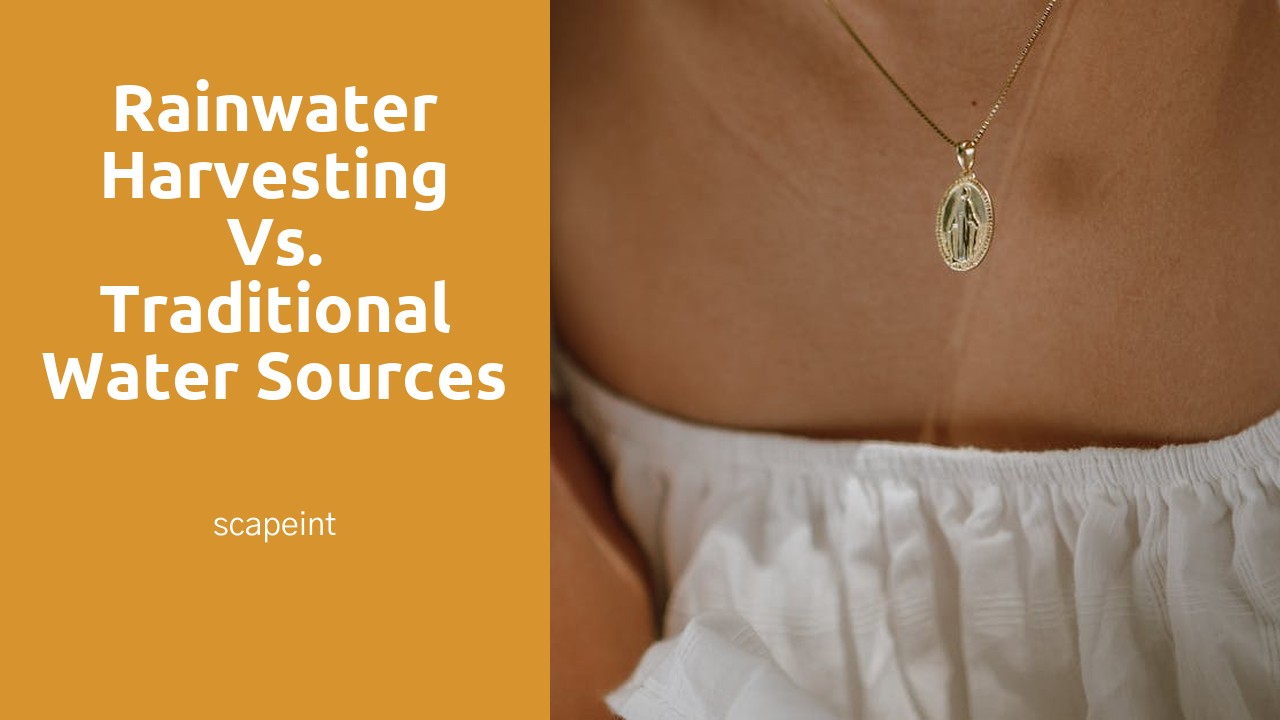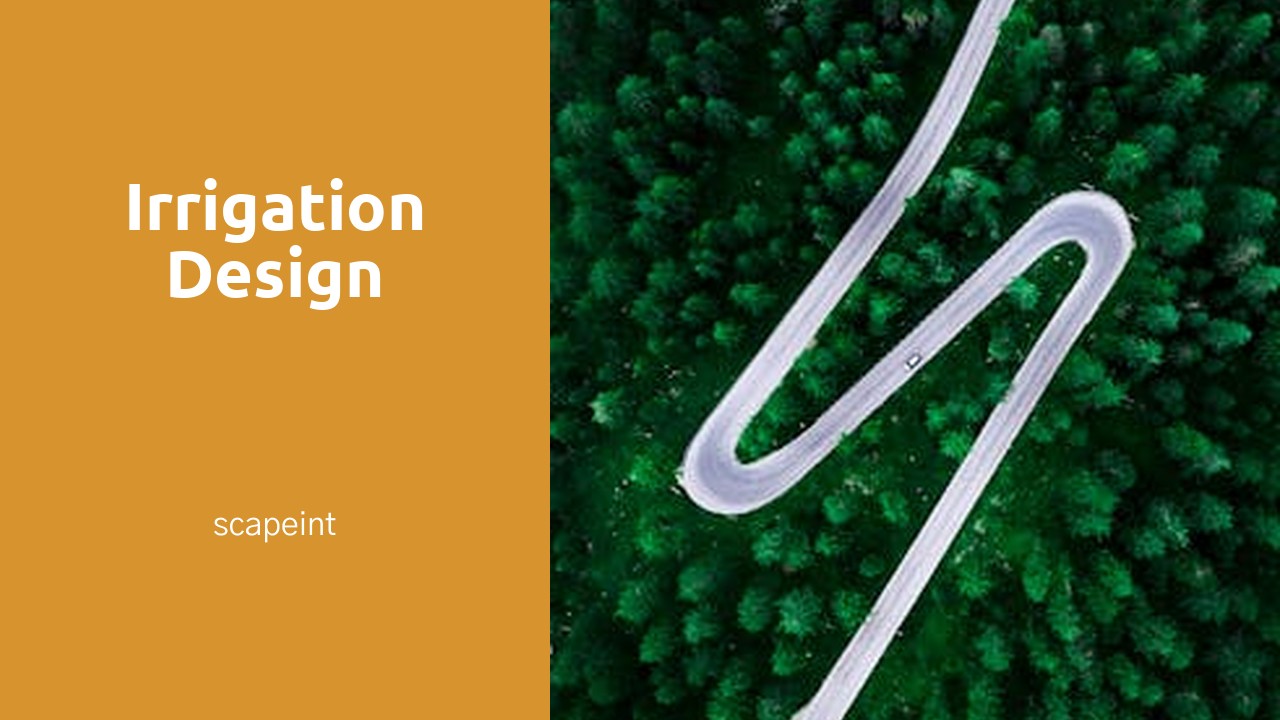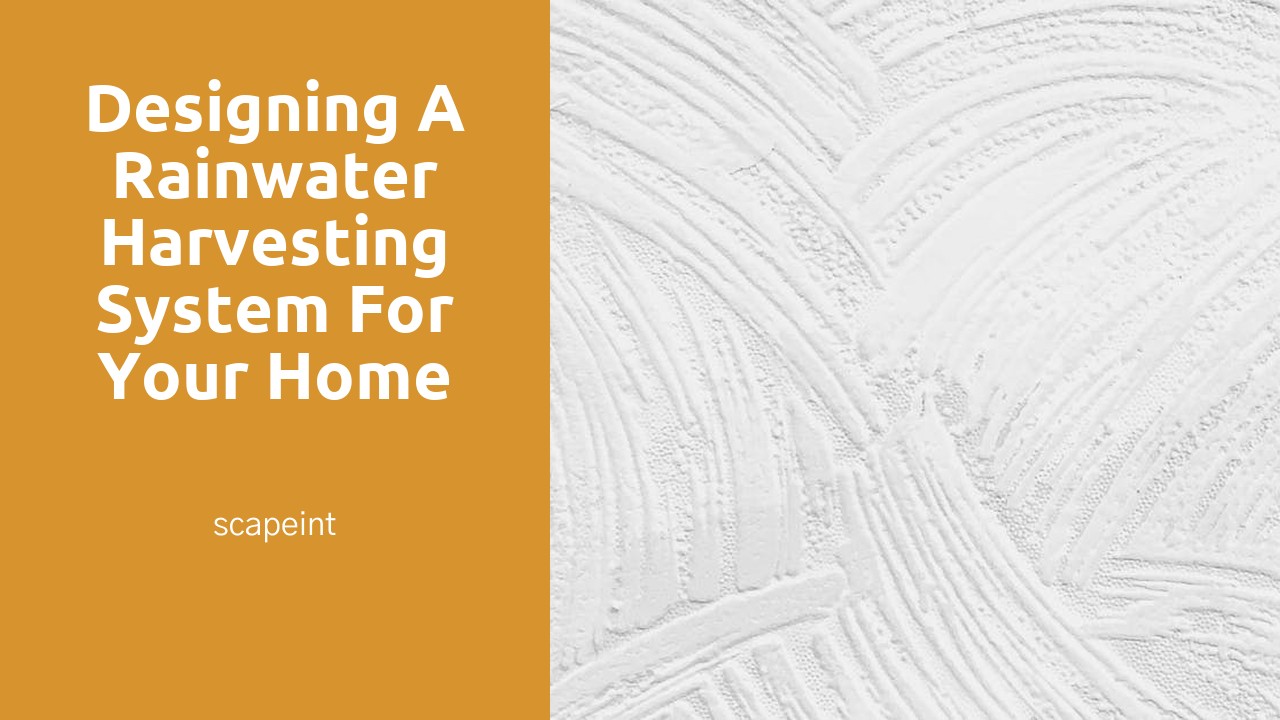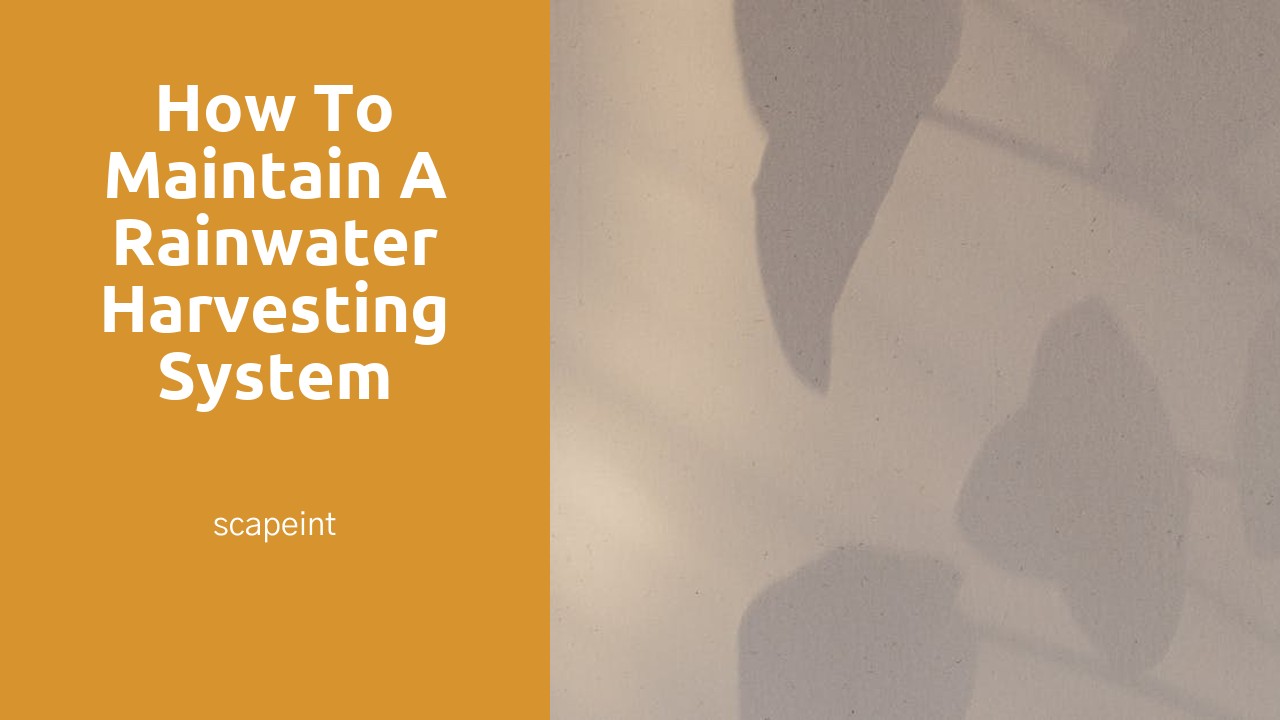
Table Of Contents
Adaptability to Various Climates
Rainwater harvesting has proven to be a versatile water source, demonstrating its adaptability to various climates across the globe. Whether in arid regions where rainfall is scarce or in temperate zones with frequent precipitation, this technology offers a sustainable solution to water scarcity. In locations like the Canadian prairies, where agriculture heavily relies on effective irrigation design in St. Thomas, the integration of rainwater harvesting systems can provide farmers with an additional water source during dry spells, reducing dependency on traditional water sources.
Moreover, in regions experiencing erratic weather patterns due to climate change, rainwater harvesting systems offer resilience by capturing and storing rainwater for future use. This adaptability ensures a reliable water supply, especially during periods of drought when conventional sources may be strained. By incorporating rainwater harvesting into water management strategies, communities can enhance their water security and foster sustainability in the face of changing environmental conditions.
Suitability in Urban Environments
Suitability in Urban Environments
Urban areas present a unique set of challenges when it comes to water management. Rainwater harvesting offers a promising solution by easing the strain on traditional water sources and reducing the impact of runoff on urban infrastructure. In densely populated cities like Toronto and Vancouver, incorporating rainwater harvesting systems into buildings can contribute to a more sustainable water supply for various purposes, including landscape irrigation and indoor water use. Irrigation Design in St Thomas and other urban centres across Canada can greatly benefit from the implementation of rainwater harvesting systems to alleviate pressure on municipal water resources and promote water conservation practices among residents.
Moreover, the integration of rainwater harvesting systems in urban environments can enhance the overall resilience of cities to water scarcity issues and support sustainable development goals. By capturing rainwater from rooftops and other impervious surfaces, urban areas can mitigate flooding risks and improve water quality by reducing pollutants entering waterways. As Canadian municipalities continue to face the impacts of climate change, the adoption of rainwater harvesting technologies becomes increasingly crucial to ensuring a reliable and efficient water supply for urban communities. Integrating rainwater harvesting practices in urban planning and development can not only alleviate water stress but also contribute to building more livable and environmentally friendly cities for present and future generations.
Legal Regulations
Legal regulations play a crucial role in the implementation of rainwater harvesting systems. In Canada, there are specific laws and guidelines that govern the installation and use of these systems to ensure their effectiveness and compliance. The regulations related to rainwater harvesting vary by province and municipality, emphasizing the importance of understanding and adhering to local requirements. For instance, in Ontario, the Ontario Building Code regulates the construction and design of rainwater harvesting systems, promoting safety and efficiency in water collection. These regulations also extend to other uses of harvested rainwater, including irrigation design in St Thomas, ensuring that the water is utilized in a sustainable and environmentally friendly manner. Compliance with these regulations is essential for the successful integration of rainwater harvesting into existing water management practices.
Furthermore, obtaining permits for rainwater harvesting systems is often necessary to ensure that the installation meets all legal requirements. Local authorities may require permits for the construction of rainwater collection tanks, plumbing connections, and other components of the system. Permitting processes help to monitor the installation of rainwater harvesting systems and ensure that they are installed correctly and safely. By securing the appropriate permits for irrigation design in St Thomas, individuals and communities can demonstrate their commitment to following the legal regulations governing rainwater harvesting. This not only ensures the proper functioning of the system but also contributes to the overall sustainability of water resources in the region.
Compliance and Permits
Compliance with local regulations and obtaining necessary permits are essential aspects of implementing rainwater harvesting systems. In Canada, regulations pertaining to rainwater harvesting can vary by province and municipality, so it is crucial to ensure that all requirements are met before installation. For instance, in some areas like Vancouver, specific guidelines dictate the use of rainwater for non-potable purposes, such as irrigation design in St. Thomas, to ensure safety and efficiency in water usage.
Moreover, obtaining permits for rainwater harvesting systems often involves detailed documentation on the system design, intended use, and environmental impact assessments. Compliance with these regulations not only ensures the legality of the system but also promotes accountability and adherence to best practices. By following the necessary protocols for compliance and permits when setting up rainwater harvesting systems, individuals can contribute to sustainable water management practices in their communities while benefiting from the eco-friendly advantages offered by this technology.
Community Impact
Community impact plays a crucial role in the success of rainwater harvesting initiatives. By implementing such systems, communities can reduce their reliance on municipal water sources, thereby lessening the strain on the existing infrastructure and supporting overall water conservation efforts. In St. Thomas, for instance, the introduction of rainwater harvesting systems has not only improved water efficiency but has also fostered a sense of community involvement and responsibility towards sustainable water practices.
Moreover, the adoption of rainwater harvesting systems can promote greater resilience in communities, particularly in areas prone to water scarcity or drought. In Irrigation Design in St Thomas, for example, the integration of rainwater capture systems has enabled residents to maintain green spaces and gardens even during dry spells, enhancing the overall quality of life in the region. This community-driven approach to water management not only benefits the environment but also strengthens the social fabric by encouraging collaboration and shared responsibility among residents.
Social Benefits of Rainwater Harvesting
Communities adopting rainwater harvesting systems experience a myriad of social benefits. Notably, these systems promote a sense of local involvement by encouraging residents to actively participate in sustainable water management practices. In the context of urban areas, where water scarcity is a pressing issue, rainwater harvesting fosters a communal sense of responsibility towards environmental conservation and water preservation. For instance, incorporating rainwater harvesting into irrigation design in St. Thomas enables residents to actively contribute to water sustainability efforts while also creating a shared understanding of the importance of water conservation.
Moreover, the implementation of rainwater harvesting systems can enhance community resilience during water shortages or drought conditions. By collecting rainwater for non-potable uses such as irrigation, gardening, and cleaning, communities reduce their reliance on traditional water sources and alleviate the strain on municipal water systems. This increased self-reliance not only safeguards against potential water scarcity challenges but also strengthens community bonds through collaborative efforts towards sustainable water management practices.
FAQS
What is rainwater harvesting?
Rainwater harvesting is the process of collecting and storing rainwater for future use, rather than allowing it to run off into the ground or drainage systems.
How does rainwater harvesting compare to traditional water sources?
Rainwater harvesting offers a sustainable and eco-friendly alternative to traditional water sources by reducing reliance on groundwater and municipal water supplies.
Is rainwater harvesting adaptable to various climates?
Yes, rainwater harvesting can be implemented in various climates, as long as there is adequate rainfall to support the collection of water.
What are the legal regulations surrounding rainwater harvesting?
Legal regulations regarding rainwater harvesting vary by region, with some areas requiring permits or compliance with specific guidelines for installation and use.
How does rainwater harvesting benefit the community?
Rainwater harvesting can have a positive impact on communities by promoting water conservation, reducing strain on public water supplies, and providing a sustainable source of water for various uses.






